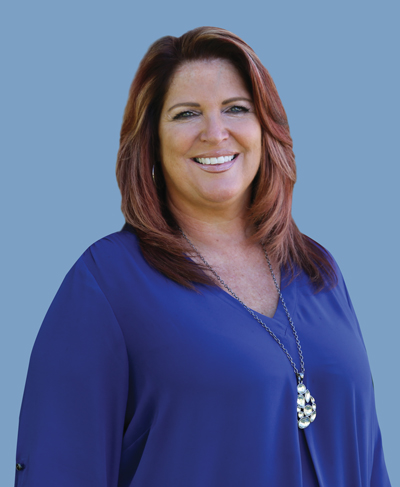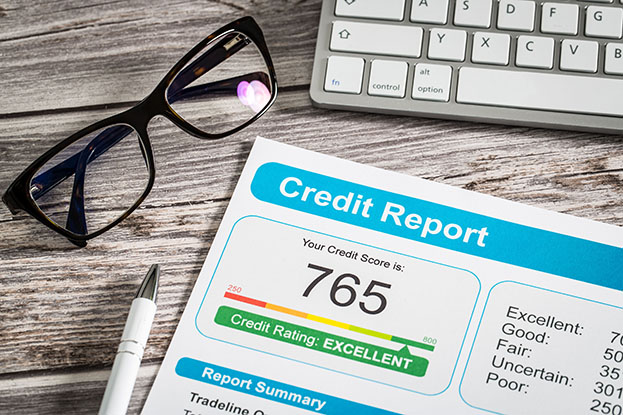Lending basics — Loans, lines of credit & credit scores
If you need extra cash to get through the new day-to-day challenges that have popped up, or for big plans that have always been on your list — such as buying a new car, renovating your kitchen or paying off that lingering credit card debt — do you know which type of loan to get?
Not all lending options are created equal — and the type of loan, payment schedule and interest rate will depend on a number of factors, from your specific borrowing needs to your credit score.
Lending and borrowing basics

Nowadays, a lot of people come in asking for a line of credit when it’s not always what they need,” says ACU Branch Manager Traci Thomas, who heads up the Tuxedo and Charleswood locations.
If they want a line of credit to pay down debt, for example, it might make sense if it’s tied to their mortgage, since it will have a lower interest rate. But for someone who’s struggling to make ends meet, Traci advises that a term loan with a fixed rate could potentially be a better option.
Many people, however, don’t understand the difference. So if you’ve never borrowed money — or only rarely — it’s important to understand the different types of loans available, and what makes the most sense for your needs.
Loans 101
First off, there are two categories of loans: “Closed-end credit” and “Open-end credit.”
Closed-end credit, or installment loans, are used to finance a specific purchase over a specific period of time. This type of loan is typically paid back with interest over a fixed period of time.
Open-end credit, or revolving credit, is used for day-to-day purchases — but doesn’t have a fixed number of payments. Credit cards, home equity loans and lines of credit fall into this category.

Common loan types that the average member may consider include:
1. Personal loan: This is a closed-end, fixed-rate loan, which is suited for purchasing a big-ticket item such as a car. You start paying interest from the day the loan is advanced, and the fixed rate means you pay the same interest rate over the period of the loan.
2. Consolidation loan: This type of loan consolidates several outstanding debts. (Say, for example, you’ve racked up debt on multiple credit cards with high interest rates). This loan would pay off those outstanding debts, so you’d only have to pay back the consolidation loan — usually with a much lower interest rate. This simplifies the repayment process and can save money in the long run, while helping you regain control over your finances.
3. Secured vs. unsecured: A secured loan means you can use your personal assets as collateral, such as a car, home or even cash (like a certificate of deposit). However, if you default on your loan payment, that asset could be seized by the lender. If you don’t have collateral, you’d likely get an unsecured loan at a higher rate (since the lender takes on more risk). In that case, your credit score will help determine the loan terms. Generally, a higher credit score results in more favourable terms.
4. Line of credit: As a form of revolving credit, a line of credit gives you access to a pre-set borrowing limit, which you borrow as needed. “If you need the money for something like a home renovation, we would direct you to revolving credit, such as a line of credit, because you’re only charged interest if you use it,” explains Traci. “You might start with hanging drywall, but you’re not buying major appliances until down the road, so a line of credit makes more sense than a personal loan.”
Related: Home reno financing made easy
Terms and rates
A personal loan has a fixed payment rate, typically over a four-year term (though it can be longer in some cases). To note, not everyone receives the same interest rate, as there will be slight variations depending on the lender’s exposure to risk.

Some items to consider when it comes to terms and rates include:
- A secured loan typically offers a lower rate.
- Using cash as collateral offers an even lower rate than using a car as collateral.
- Unsecured loans will come with a higher rate.
With a line of credit, borrowers pay a certain percentage of the balance owing as a minimum payment each month, like a credit card. Usually, lines of credit feature a variable rate because of their ‘floating’ nature.
Related: Credit cards vs. loans: Which is a better way to borrow?

Credit ratings
Your credit score and repayment history also plays a role in the type of loan you’d be eligible to receive.
People, especially young people starting out, have to be aware of their credit bureau score, which provides insight into previous behaviour and how they’ve paid back credit in the past,” says Traci. A low credit score can inhibit your ability to borrow in the future.
Related: Does my credit card impact my credit rating?
Borrowers can safeguard their credit score by making regular loan payments, as well as limiting the amount of credit they have. If you use your entire line of credit and only make the minimum monthly payments, chances are the accumulating interest will push you over your limit — and that will drag down your credit score.
The key lending advice to remember
As a golden rule, use credit as you intended in the first place. It can be tempting to dip into some extra debt, but do this only if and when you need it.
Traci offers this extra advice for those who are considering borrowing extra money. “It’s not a great idea to use all of your credit because it negatively impacts your credit score. You don’t want to overextend yourself.”
By sticking to this lending advice, you’ll be able to enjoy the benefits of accessing additional lending options when you want to make additional purchases in the future.
If you’re interested in learning which borrowing options are best suited to your unique financial position, set up an appointment to speak with an ACU financial advisor today.
Up Next
10 steps to buying your first home
Buying a new home in Winnipeg can be an exciting time. After all, you can finally move into a place to call your own—whether you’re leaving that long-term rental property,…
Sustainability: How ACU is turning words into action
A hand holding a seedling
ACU’s grants program invests locally
Healthy, vibrant and diverse communities don’t just happen—they’re created over time by people, organizations and businesses continuously working together for the common good. These organizations require resources to take action…




